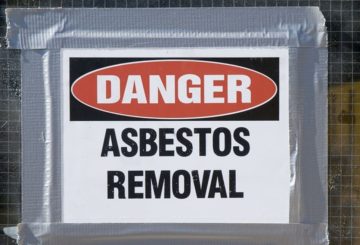Emergency services were called to Pringle House in Wellington on Tuesday morning after a squatter was injured falling three storeys through a collapsed stairwell. The man is now in critical condition at Wellington Hospital. The incident has highlighted the issue of homelessness in the city, with the City Missioner, Murray Edridge, stating that this is probably not a unique situation.
Edridge said that while most people would not consider living in a dangerous, derelict building, for those experiencing homelessness, it might be the best option available. He added that with the colder, wetter weather, more people are seeking shelter in unsafe buildings. He acknowledged the pressure this puts on building owners and the council to prevent access to dangerous spaces, but emphasized that this does not address the underlying issue of homelessness.
Edridge estimated that there are between 150 and 200 people living on the streets in Wellington, with many more “invisible in the system”, living in caravans, sheds, cars, or crowded houses. He called on the community to take responsibility for the issue, noting the lack of quality, affordable homes in the city.
Wellington Mayor Tory Whanau is working with Building and Construction Minister Chris Penk to explore whether councils should have more power to deal with dangerous buildings. Plans are already in place to encourage development of vacant buildings, including a proposal to charge higher rates to owners of vacant land and derelict buildings. The proposal could affect about 60 properties. Whanau also mentioned the need to review earthquake prone building regulations, as many of the city’s vacant buildings are impacted by these rules.




























































